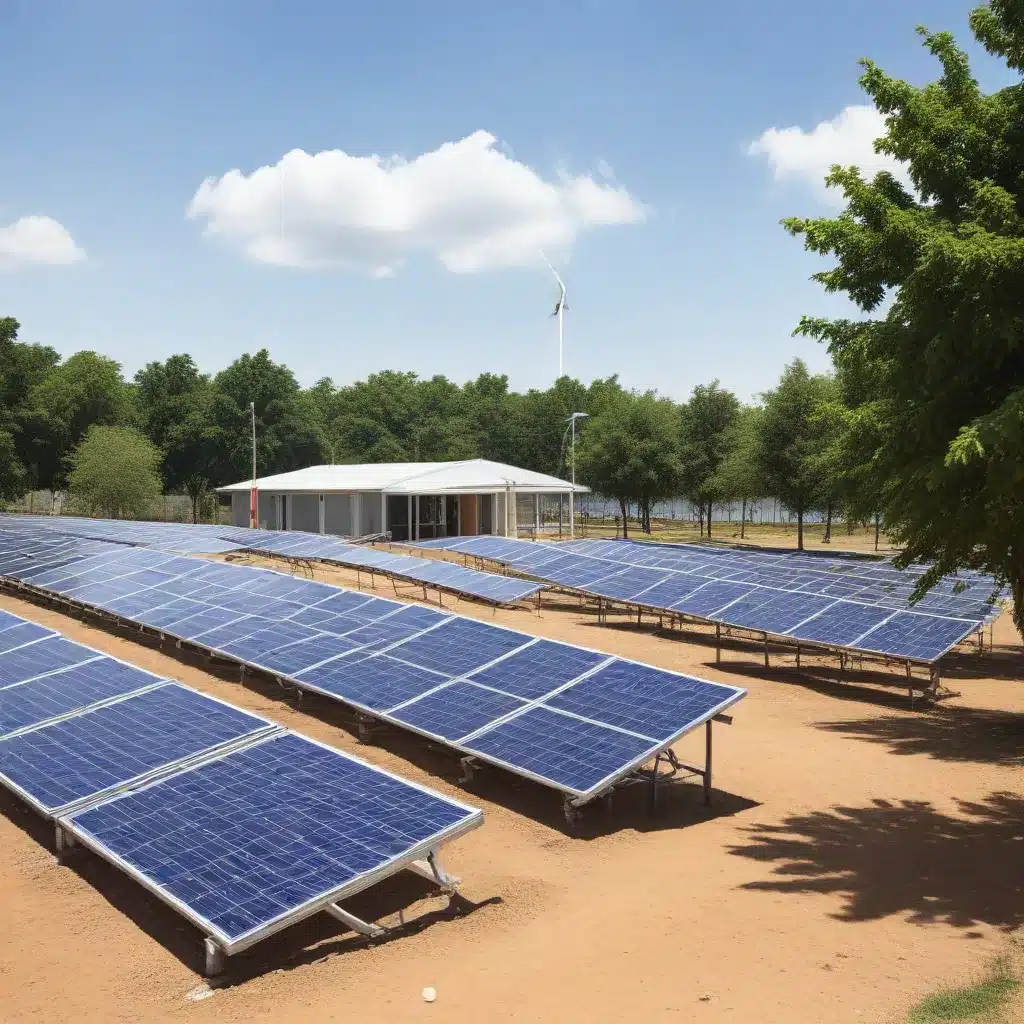
As the world accelerates its shift towards clean energy, universities across Europe are embracing the challenge of transitioning their campuses to become self-sufficient, renewable-powered hubs. From wind expansions and solar breakthroughs to pioneering hydrogen pilot projects, these institutions are leveraging innovative policy mechanisms, advanced battery storage, and strategic public-private partnerships to achieve ambitious net-zero goals.
The University of Terre Sainte in La Réunion, a French island in the Indian Ocean, stands as a prime example of this transformative energy evolution. With its existing rooftop photovoltaic (PV) systems and comprehensive performance data, the campus provides valuable insights into optimizing renewable energy integration while maintaining affordability for end-users.
Through a rigorous multiobjective optimization approach, researchers at the PIMENT Laboratory have identified an optimal strategy to enhance the self-sufficiency of the Terre Sainte campus. By strategically expanding its PV capacity to approximately 650 kilowatts-peak (kWp), the university can achieve a self-sufficiency rate of 46% while keeping the levelized cost of self-consumed energy below the prevailing grid electricity price.
This comprehensive methodology, detailed in a recent publication in the European Journal of Photovoltaics, offers a replicable framework for other university campuses seeking to reduce their reliance on fossil fuels and enhance their energy resilience.
Leveraging Existing Assets for Renewable Expansion
The Terre Sainte campus, with its diverse mix of university buildings, student residences, and a restaurant, currently hosts three operational rooftop PV systems totaling 160 kWp. An additional 200 kWp system on the Faculty of Medicine building is also planned for the near future.
By meticulously analyzing the campus’s existing solar resources, weather data, and electrical load profiles, the researchers developed accurate models to simulate the production of both the current and future PV systems. Validating these models against the actual performance data of the existing PV arrays, the team demonstrated the reliability of their approach.
Exploring the campus’s available roof space, the researchers identified 39 suitable locations, including 9 flat roofs and 31 pitched roofs with a wide range of slopes and orientations. This diversity presented an intriguing opportunity to optimize the placement and sizing of additional PV capacity to maximize self-sufficiency while minimizing energy costs.
Optimizing for Self-Sufficiency and Affordability
The optimization process employed by the PIMENT Laboratory team aimed to address two key objectives: maximizing the self-sufficiency of the campus and minimizing the levelized cost of self-consumed energy (LCOEsc). The LCOEsc metric, a modified version of the widely used levelized cost of energy (LCOE), represents the price of each kilowatt-hour (kWh) of PV production that is directly consumed by the microgrid.
By randomly selecting 50,000 combinations of the available roofs and simulating their PV production, the researchers were able to analyze the trade-offs between self-sufficiency and energy costs. The resulting Pareto front, a set of optimal solutions, revealed that a total PV capacity of approximately 650 kWp, primarily installed on the largest and least expensive pitched roofs, can achieve a self-sufficiency rate of 46% while keeping the LCOEsc below the current grid electricity price.
Interestingly, the analysis did not identify a single “optimal” combination of roofs, as the researchers had initially hypothesized. However, the insights gained from the optimization process provided clear guidance on the most suitable roofs to target for PV expansion, prioritizing those with the lowest installation costs.
Balancing Technical Feasibility and Economic Viability
The Terre Sainte campus case study highlights the importance of carefully evaluating both the technical and economic factors when transitioning to renewable energy self-sufficiency. While maximizing self-sufficiency is a noble goal, it must be balanced with the affordability of the energy produced for end-users.
“Without any energy storage or demand-side management, a total installed PV power of 650 kWp allows us to achieve a self-sufficiency of 46% with an energy cost of self-consumed PV production lower than the current price of electricity from the grid,” explains Mathieu David, one of the study’s lead authors.
This finding underscores the value of the multiobjective optimization approach, which enabled the researchers to navigate the complex trade-offs between technical performance and economic viability. By prioritizing the most cost-effective roof combinations, the team was able to identify a renewable energy solution that balances the needs of the university’s energy consumers and its sustainability goals.
Paving the Way for a Renewable Future
The Terre Sainte campus case study serves as a blueprint for universities across Europe and beyond, demonstrating how a methodical, data-driven approach can unlock the potential of renewable energy integration. As institutions continue to explore ways to reduce their carbon footprint and enhance their self-sufficiency, the insights gleaned from this research can inform decision-making and inspire innovative energy strategies.
Beyond the campus boundaries, the Terre Sainte project also holds broader implications for the energy transition. By enhancing their self-sufficiency through renewable energy expansion, universities can not only lower their operational costs and environmental impact but also serve as catalysts for wider adoption of clean energy solutions.
“This entire process is valuable, with many learning opportunities for those who choose to become directly involved,” says Becs Walker, the Sustainability Director at Southern Oregon University, which is also on a path to becoming the first public university in the United States to achieve 100% solar-powered self-sufficiency.
As universities across Europe and the world embrace the challenge of renewable energy integration, the Terre Sainte case study offers a compelling roadmap for leveraging existing assets, optimizing technical and economic factors, and driving the transition towards a more sustainable, self-sufficient future. By continuing to share their experiences and best practices, these institutions can inspire and empower others to follow in their renewable energy footsteps.







